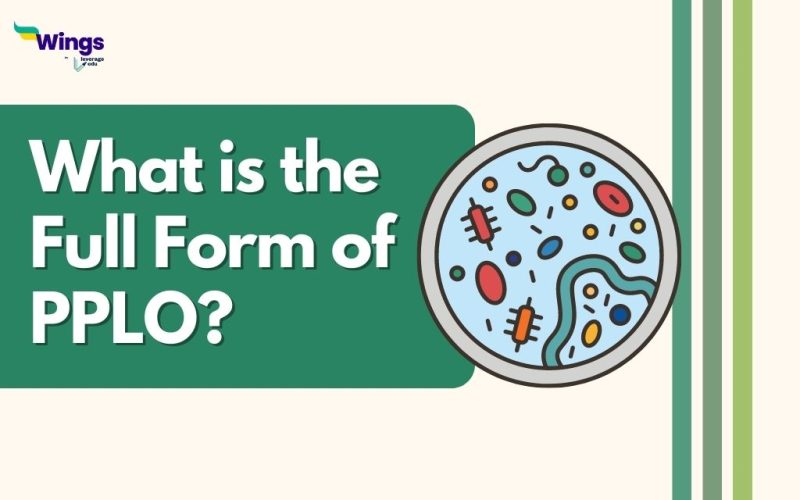Have you ever wondered what is the smallest living cell on Earth? You might think of bacteria, viruses, or even some microscopic animals. But there is a group of organisms that are even smaller than these, and they are called PPLO. In this blog, we will learn about the PPLO full form, their characteristics, and some examples of these tiny creatures.
Full Form of PPLO
Table of Contents [show]
PPLO full form stands for Pleuro Pneumonia Like Organisms. This name was given to them because they were first discovered in the pleural fluid of calves that had a lung disease called pleuropneumonia. The pleural fluid is the liquid that fills the space between the lungs and the chest wall. PPLO are also known as Mycoplasma, which is their scientific name.
Characteristics of PPLO
PPLO are prokaryotic organisms, which means they do not have a nucleus or other membrane-bound organelles. They are also the smallest cells that can live independently, with a diameter of 0.1 to 0.3 micrometres. To compare, a human red blood cell is about 7 micrometres in diameter.
One of the most distinctive features of PPLO is that they do not have a cell wall, which is a rigid structure that surrounds most bacterial cells. This makes them resistant to antibiotics that target the cell wall, such as penicillin. It also allows them to change their shape and size according to their environment.
PPLO can live in various habitats, such as soil, water, air, plants, animals, and humans. They can be parasitic or saprophytic, meaning they can either feed on living hosts or dead organic matter. Some PPLO can cause diseases in humans and animals, such as pneumonia, arthritis, urethritis, and genital infections.
Examples of PPLO
There are more than 400 species of PPLO, each with its own function and role in nature. Here are some examples of PPLO:
- Mycoplasma pneumoniae: One of the most common causes of atypical pneumonia in humans, especially in children and young adults. It infects the respiratory tract and causes symptoms such as fever, cough, sore throat, and chest pain.
- Mycoplasma genitalium: This is a sexually transmitted infection that affects the genital and urinary tracts of both men and women. It can cause inflammation, discharge, pain, and infertility.
- Mycoplasma gallisepticum: This is a pathogen that infects poultry and other birds. It causes respiratory diseases such as chronic respiratory disease (CRD) and infectious sinusitis.
- Mycoplasma mycoides: This is a pathogen that infects cattle and other ruminants. It causes contagious bovine pleuropneumonia (CBPP), which is a fatal lung disease.
Must Read: What is the Full Form of CO2?
Must Read: What is the Full Form of NADPH?
We hope that you understood all about PPLO full form and its meaning. To explore more acronyms, their full forms, meaning and usage, check out this full forms list that covers abbreviations A to Z and stay tuned to Leverage Edu. Happy Learning!
 One app for all your study abroad needs
One app for all your study abroad needs















 45,000+ students trusted us with their dreams. Take the first step today!
45,000+ students trusted us with their dreams. Take the first step today!
